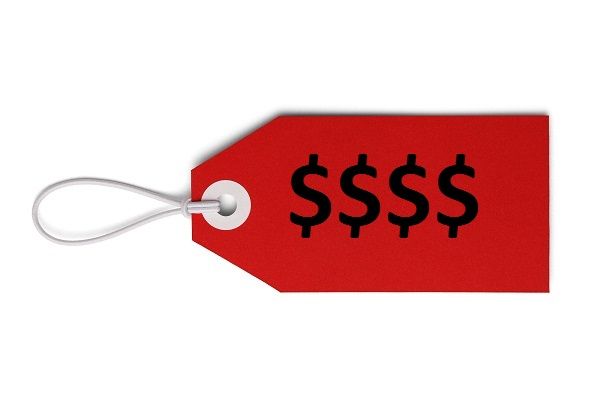Novices would be forgiven for thinking that investing mostly consists of waiting for some sort of calamity or shock and hoping that you’re on the right side of the outcome.
Talk of a pandemic has been around for years; but few would have expected, or been ideally positioned for, covid-19.
We had seen Sars, Mers, Bird Flu and Swine Flu… but nothing of the likes of this coronavirus.
Well, not in modern times.
The impact of the pandemic on the US presidential election will be debated until everyone currently living is long gone.
Likewise, how the US equity market reacted and, subsequently, responded.
The former will likely never be resolved to anybody’s real satisfaction, while discussions over the latter will probably generate enough hot air to produce dozens (if not hundreds) of academic papers.
Compare and contrast
Following the historic crash in March 2020, the US equity market rebounded strongly – defying still uncertain outlooks on the pandemic and the economy.
While investors may fret over whether this is a sustained recovery or a bubble about to burst; MSCI’s model’s of a market-implied US equity risk premium (ERP) “suggests that high prices are largely explained by historically low real rates, and valuations are consistent with a modestly recessionary economic outlook”, writes Chenlu Zhou, executive director, MSCI Research.
The MSCI model-implied forward-looking ERP compares current prices to historical valuations. A higher ERP corresponds with lower prices and higher expected returns
With traditional valuation rations approaching levels unseen since the dot.com bubble, MSCI found that “at current valuation levels, the implied ERP is well-above its average over the last three decades, and is similar to that of the last decade”.
“While the cyclically adjusted price-to-earnings ratio suggests that the market has a similar valuation to that at the height of the dot.com bubble, the model-implied ERP is not nearly as compressed as 20 years ago.”
Zhou added, however, that “risk premium is only one part of the equation”.
“As a persistent low-yield environment may loom, the model-implied total expected annual return for a 10-year horizon is 5.4%, much lower than the total realised annual return of 13.5% of the 2010s.”
Lower for longer
In a bid to explain the US equity rebound, MSCI explored a range of macroeconomic scenarios in March to try and determine what the market may have been pricing.
This was duplicated six months later.
The conclusion was that, “while price-to-earnings rations and booming tech companies might seem reminiscent of the late 1990s, our model suggests we’re in a new era of high prices and low expected returns”, Zhou said.







